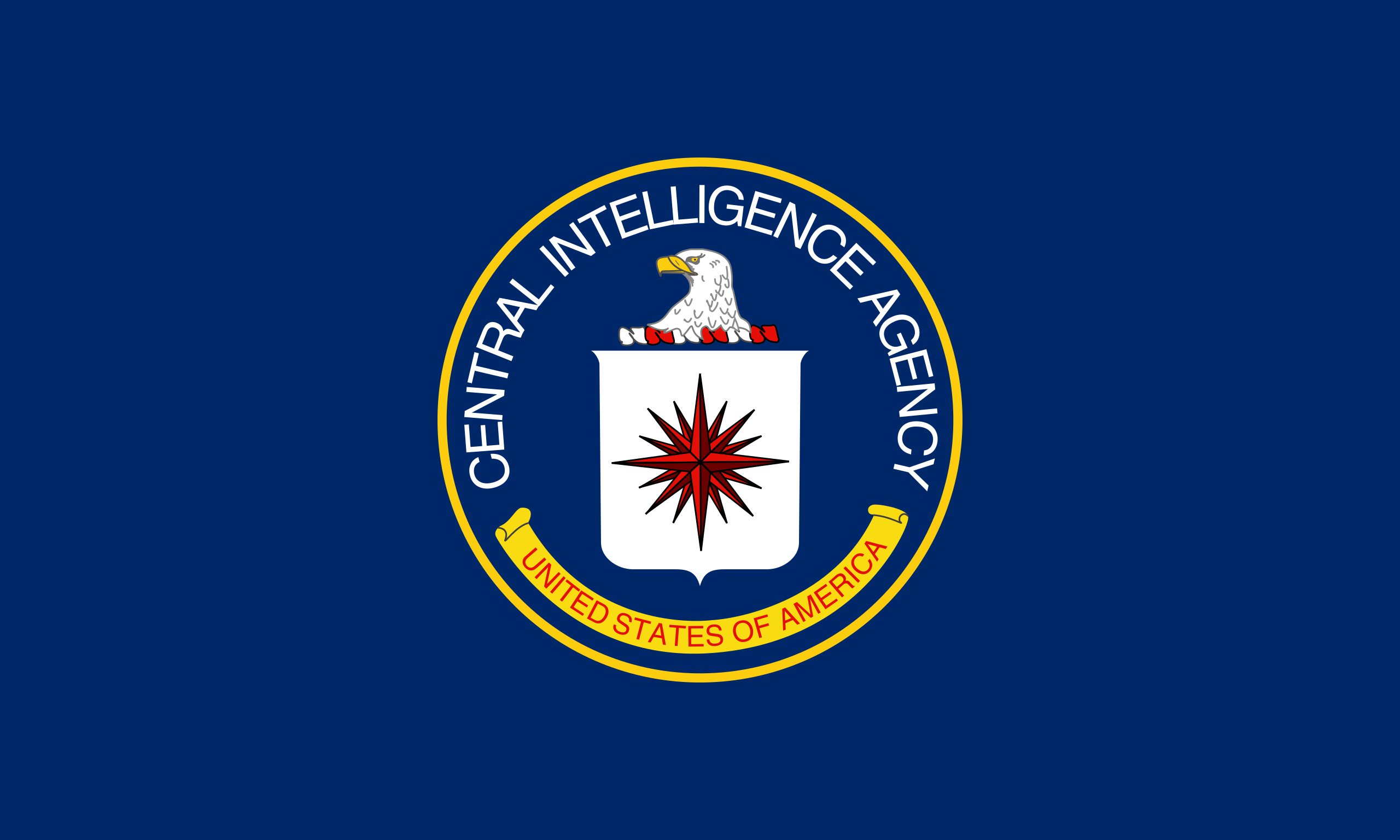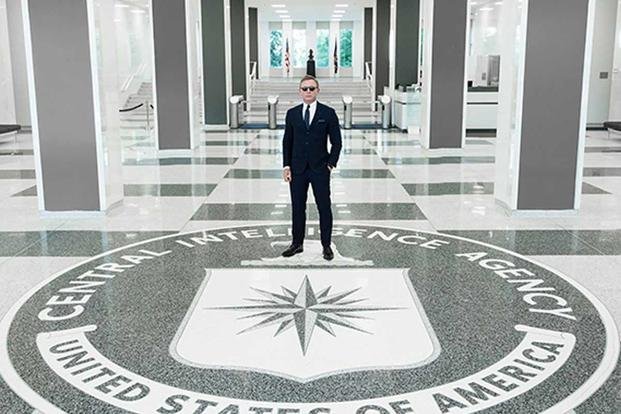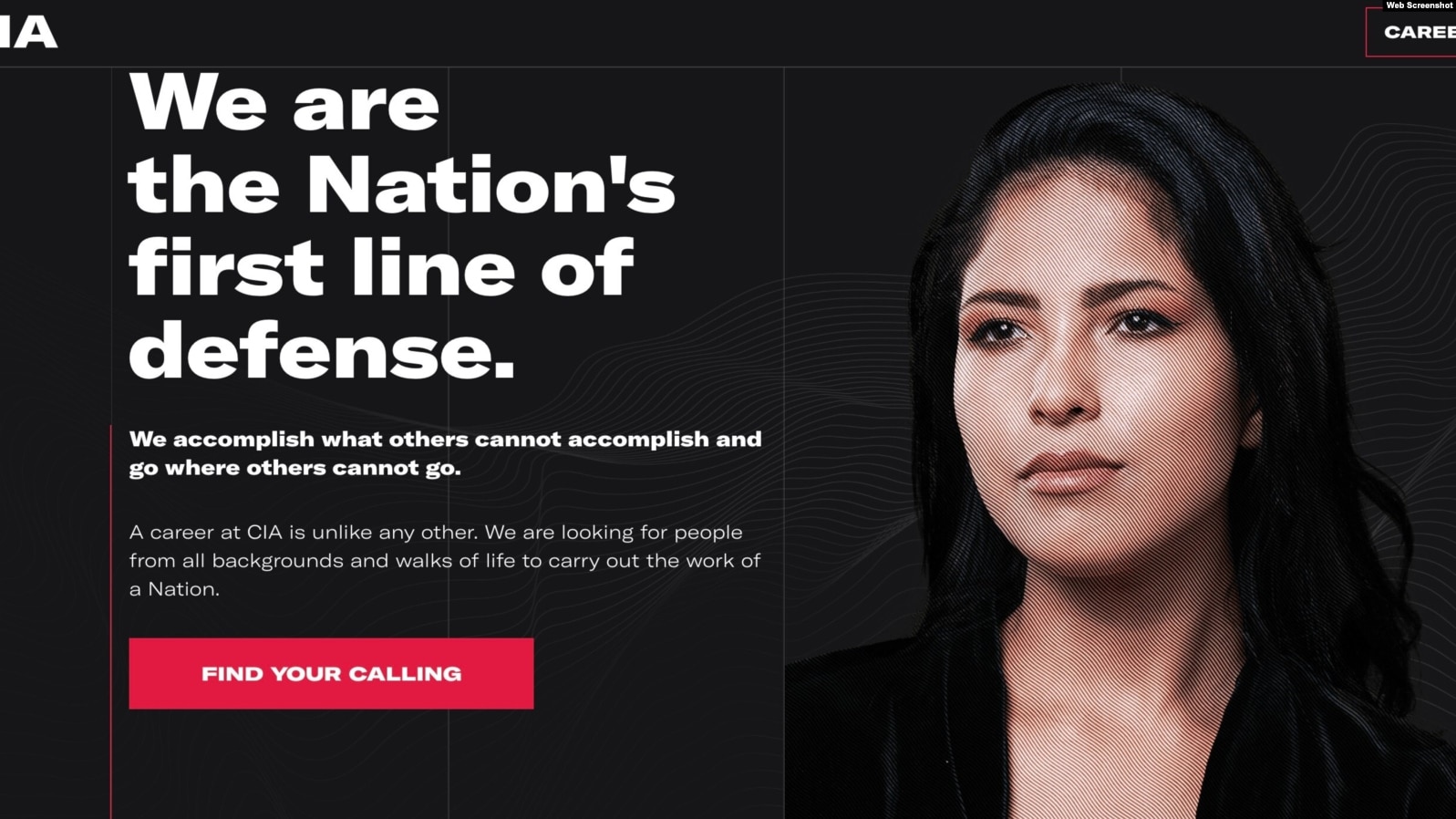The automotive industry is an essential part of Malaysia’s economy, contributing significantly to the country’s GDP and providing employment opportunities. With a growing number of vehicles on the road, the need for automotive coverage has also increased. The automotive coverage industry in Malaysia has seen substantial growth over the years, with various insurance companies offering a range of products to car owners. In this article, we will discuss the automotive coverage industry in Malaysia, including the types of coverage available, the top players in the market, and the challenges faced by the industry.
Types of Automotive Coverage in Malaysia
In Malaysia, there are three main types of automotive coverage available to car owners: Third-Party Coverage, Third-Party Fire and Theft Coverage, and Comprehensive Coverage.
Third-Party Coverage is the most basic and affordable coverage option available. It only covers damages caused to third-party property and does not provide any protection for the policyholder’s car.
Third-Party Fire and Theft Coverage offers slightly more protection than Third-Party Coverage, as it covers damages caused to third-party property as well as the policyholder’s car in the event of theft or fire.
Comprehensive Coverage is the most comprehensive and expensive coverage option available. It covers damages caused to third-party property, the policyholder’s car, and also includes additional benefits such as personal accident coverage, windshield coverage, and more.
Top Players in the Automotive Coverage Industry in Malaysia
There are several players in the automotive coverage industry in Malaysia, with some of the top players being Allianz Malaysia, AXA Affin General Insurance, Etiqa Insurance, and Tokio Marine Insurans (Malaysia) Berhad.
Allianz Malaysia is a leading insurance company in Malaysia, offering a range of insurance products, including automotive coverage. Their automotive coverage product, Allianz Motor Comprehensive Insurance, offers comprehensive coverage with additional benefits such as flood coverage and 24-hour roadside assistance.

AXA Affin General Insurance is another major player in the automotive coverage industry in Malaysia. Their automotive coverage product, AXA SmartDrive, offers comprehensive coverage with additional benefits such as medical expenses coverage and loss of use coverage.

Etiqa Insurance is a leading insurance company in Malaysia, offering a range of insurance products, including automotive coverage. Their automotive coverage product, Etiqa Comprehensive Private Car Takaful, offers comprehensive coverage with additional benefits such as windscreen coverage and personal accident coverage.

Tokio Marine Insurans (Malaysia) Berhad is a subsidiary of the Tokio Marine Group, offering a range of insurance products, including automotive coverage. Their automotive coverage product, Tokio Marine Comprehensive Motor Insurance, offers comprehensive coverage with additional benefits such as 24-hour roadside assistance and personal accident coverage.
Challenges Faced by the Automotive Coverage Industry in Malaysia
The automotive coverage industry in Malaysia faces several challenges, including increasing competition, rising costs, and fraudulent claims. With several players in the market, insurance companies need to offer competitive pricing and attractive benefits to remain relevant. Rising costs, including repair costs and healthcare costs, have also impacted the industry, leading to higher premiums for customers.
Fraudulent claims are another significant challenge faced by the industry, with some policyholders making false claims to receive compensation. Insurance companies have implemented various measures to combat fraud, including conducting thorough investigations and partnering with law enforcement agencies.
Conclusion
In conclusion, the automotive coverage industry in Malaysia has seen significant growth over the years, with several players offering a range of products to car owners. While the industry faces several challenges, including increasing competition, rising costs, and fraudulent claims, insurance companies have implemented various measures to overcome these challenges and provide their customers with comprehensive coverage and attractive benefits. As the automotive industry continues to grow in Malaysia, the demand for automotive coverage is expected to increase, providing opportunities for insurance companies to innovate and improve their offerings.












